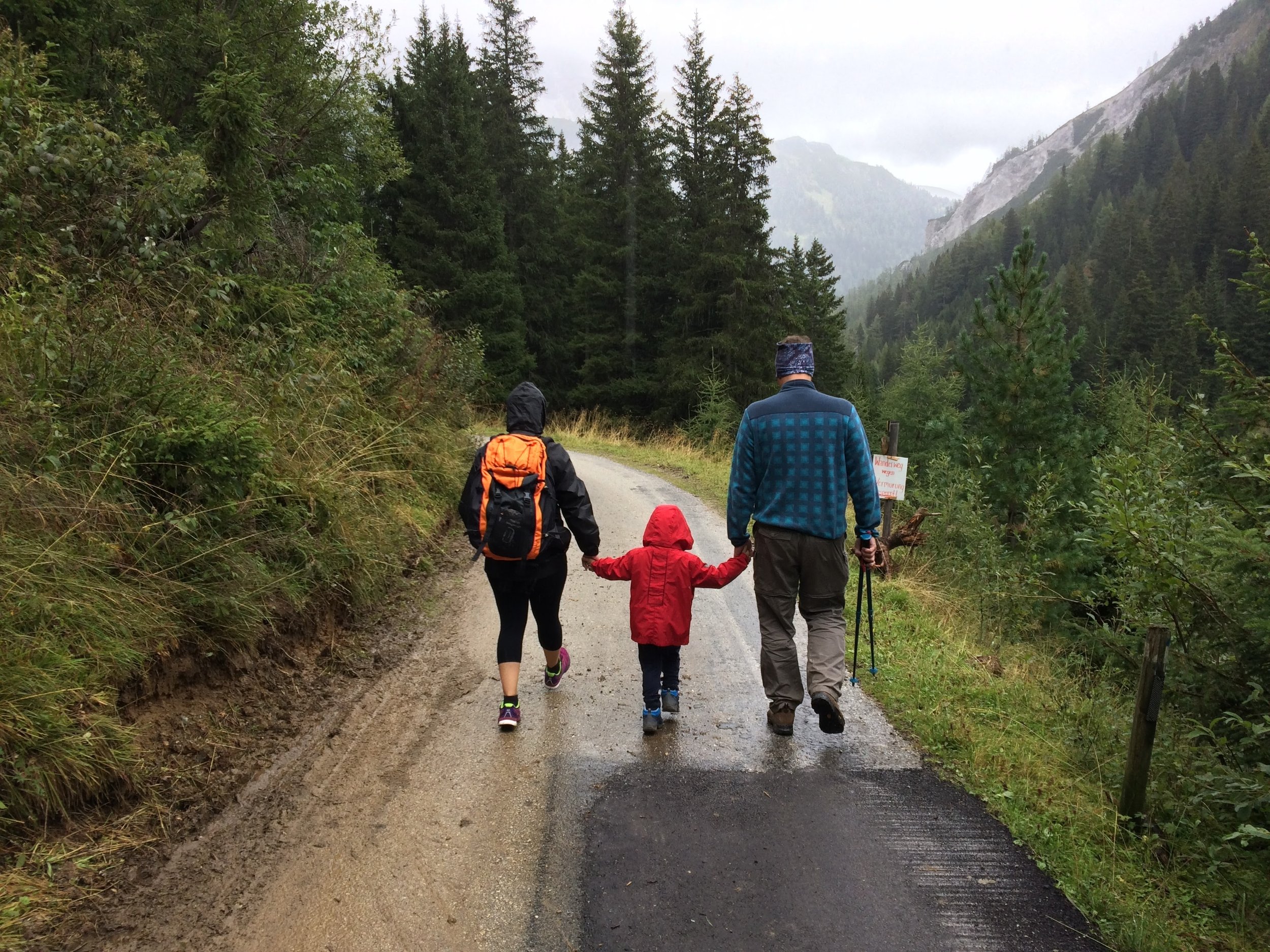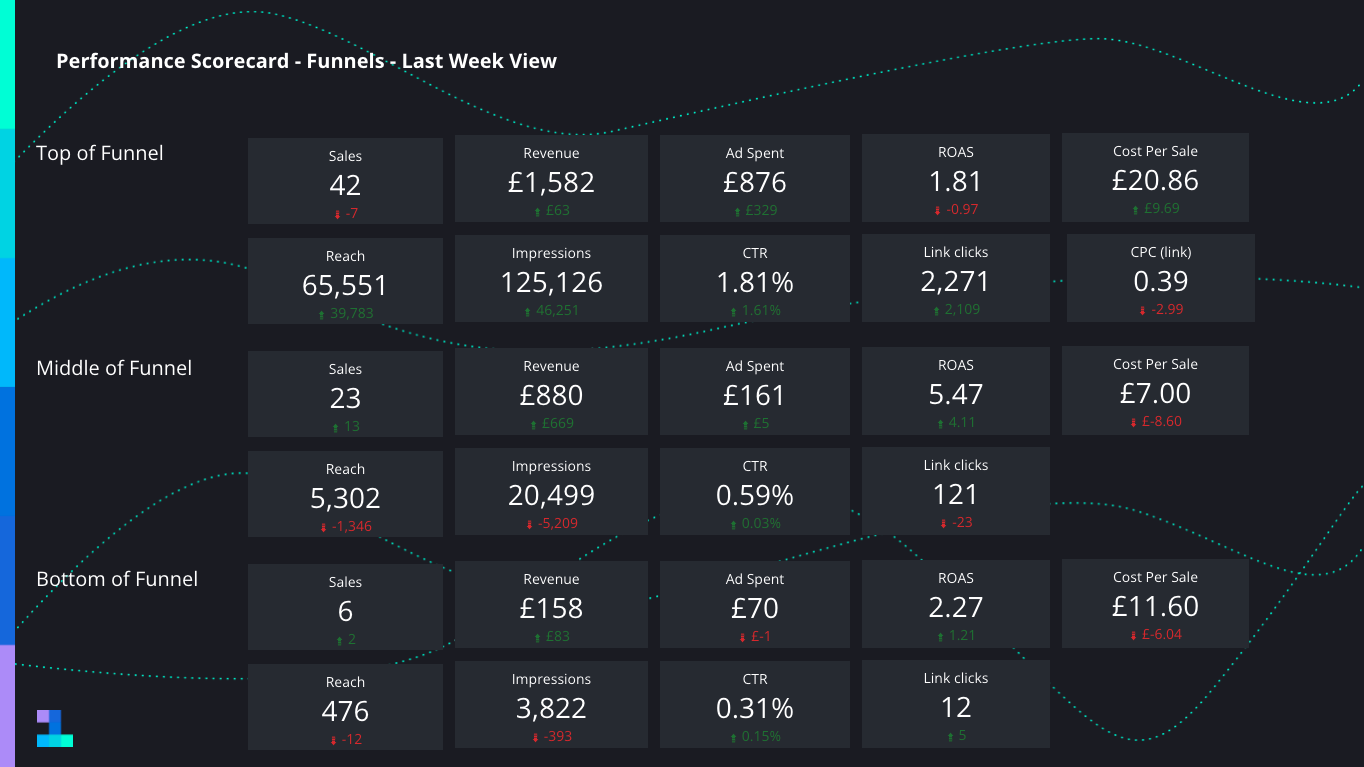How to scale your brand on digital channels.
Key Takeaways
Split your funnels – separate cold, warm, and repeat audiences in campaigns and reports to gain visibility into where growth is really coming from.
Set funnel-specific targets – define ROAS or CPA goals per stage, allowing for lower or even negative ROAS at the prospecting level if Lifetime Value justifies it.
Fix reporting for clarity – build dashboards that isolate funnel performance, enabling smarter decision-making and unlocking scalable acquisition opportunities.
There are plenty of ways to scale and grow a brand but for this post, we’ll be focusing on brands that want to explore it on digital channels.
Straight to the point: the most important aspect of scaling is funnel split, its visibility and setting econometrics and KPIs, for each funnel stage. We’ll explain.
9 out of 10 brands we speak to base their entire decision making on aggregated reports that tell little or nothing about how they are acquiring new prospects or cold audiences. Or, put it simply, they target an agency or their marketing teams in a collective brand ROAS. And, very often as well, brands do not take into account the Lifetime Value of a new customer into targets treating business margins the same for new or repeat clients. This aggregated approach is what caps your growth on digital channels single handily. You shoot yourself on the foot whilst running. You cap growth and increase acquisition costs! Here’s what you can do today to fix it!
MAKE SURE YOU SPLIT YOUR FUNNELS
Marketing teams and agencies will naturally add cold audiences. On Paid Social, ensure these strategies and audiences have separate campaigns and adequate exclusions. By splitting out the activity, you will, of course, be able to split it into reports and isolate targets and results. More on that later.
From a Paid Search perspective, and touching the subject lightly as there are more options and variables to consider, cold and warm audiences are more or less split out by nature of the beast but depending on the size of your business and marketing mix you may want to consider adding previous visitors exclusions and splitting your, say, brand campaigns or even non-brand. As mentioned, there are way more things to consider, eg, Shopping Campaigns can have both cold and warm consumers, and these can be split out too. The benefit here is purely from a visibility standpoint rather than performance, essential for decision making and growth targets.
For simplicity, we are also not addressing mid-funnel, but the same principles apply.
FIX YOUR REPORTS
With all the activity nice and tidy, split into funnel stages, all it is needed now is to create a set of dashboards and reports that show that activity in isolation so you can see cold audience performance vs repeat customers. See below an example.
SET INDIVIDUAL TARGETS
Now, this is where the magic happens. Set targets, for example, ROAS, to each funnel stage. And in this case, to prospecting or cold audiences. To achieve the scale, you’ll need to acquire more customers and to acquire more customers you’ll have to work towards a lower ROAS target, or in other words, to focus on volume. And considering your Lifetime Value, that ROAS can even be negative! We’ll leave how you can measure Lifetime Value on Google Analytics for another post. Drop us a comment if you’re interested in learning more about it. So, in sum, if you are aware of your customer lifetime value, splitting activity and setting targets that fit that value will unlock acquisition opportunities. For brands that do not have “immediate” lifetime value, splitting activity is still important since, for example, cold vs mid-funnel acquisition has different costs and opportunities.
OTHER MAGICAL GROWTH OPPORTUNITIES
Yesterday, we shared how adverts alone can be responsible for the growth, and in one of our case studies, purposely built ads made a brand’s conversion rate soar by 57%.
See our LinkedIn post about it here. Or our case study here.
To learn more about Scaling your Brand on Digital Channels, get in contact today.











